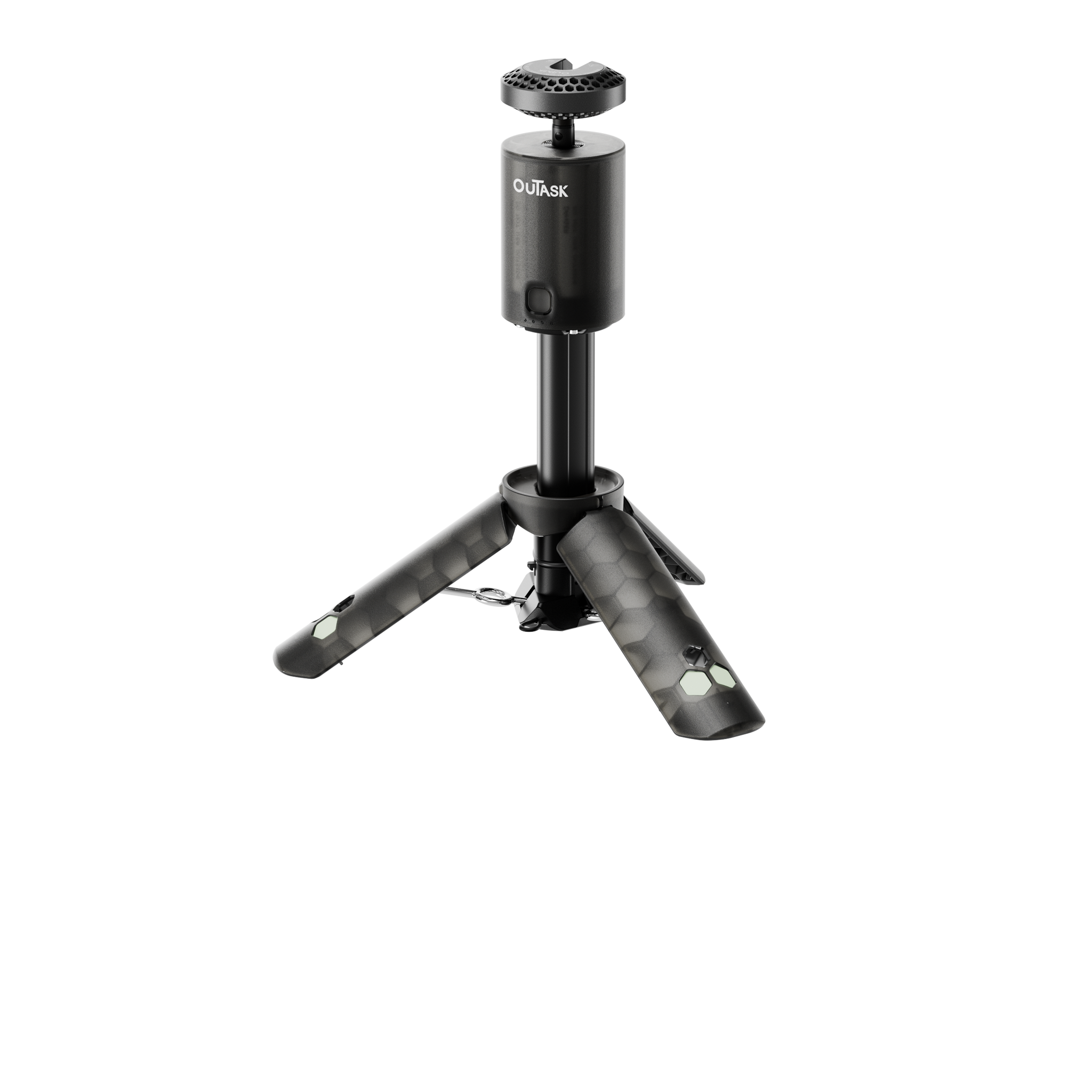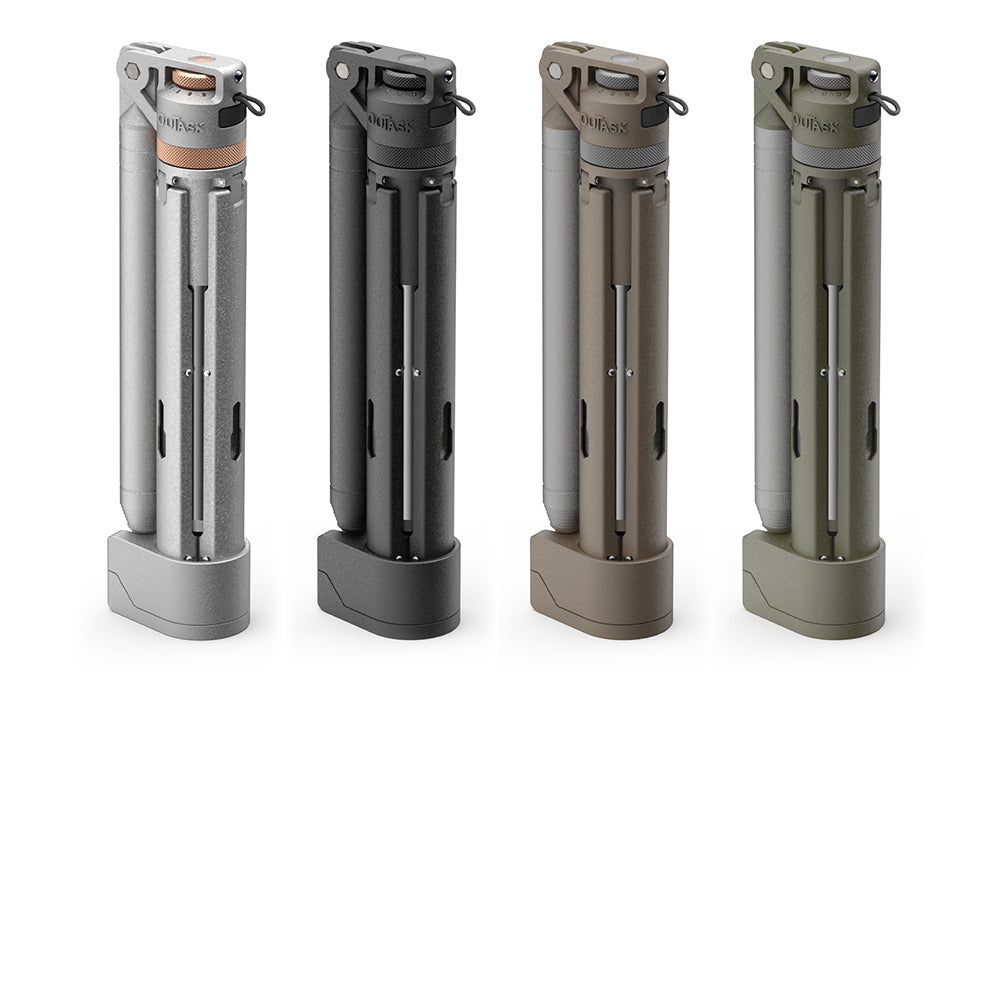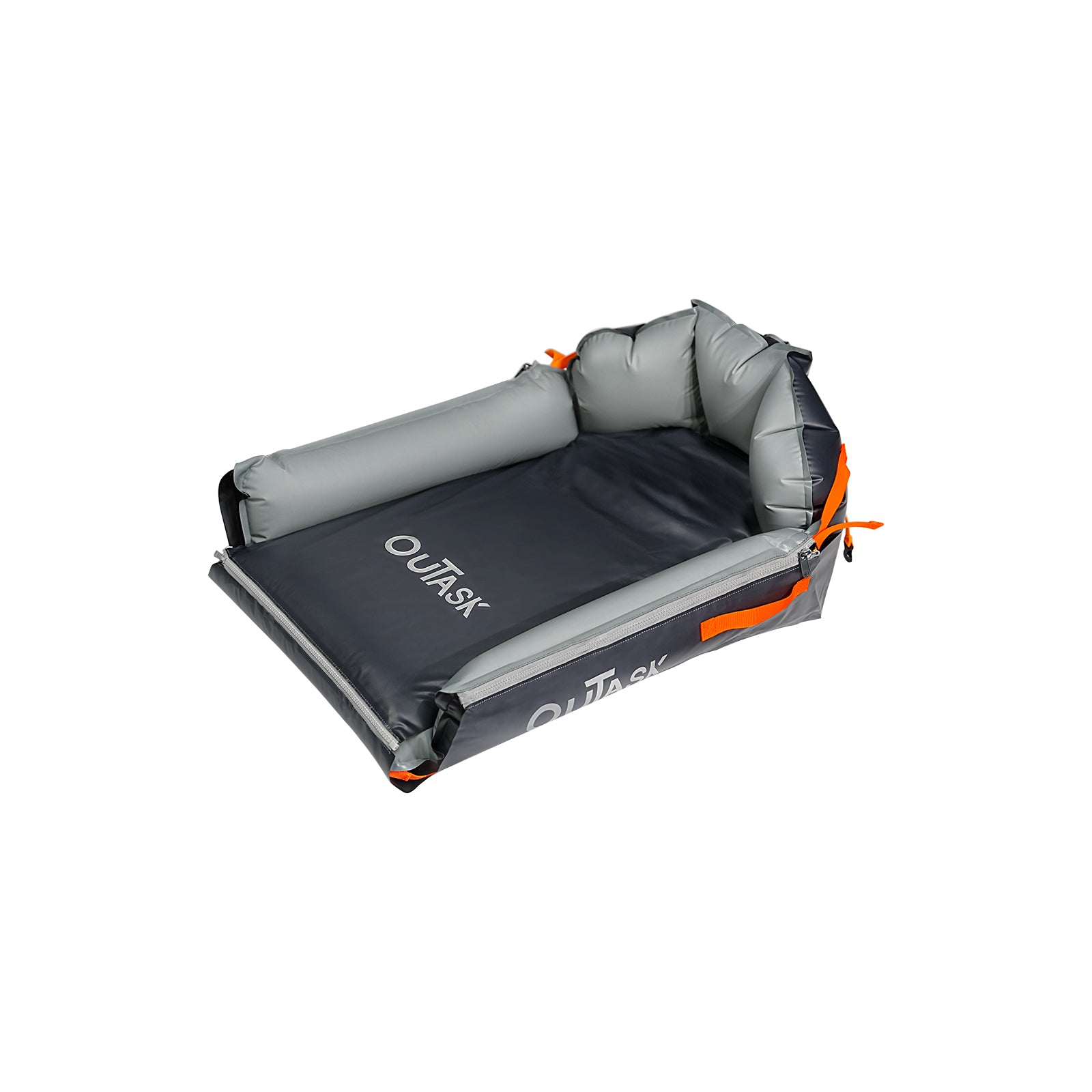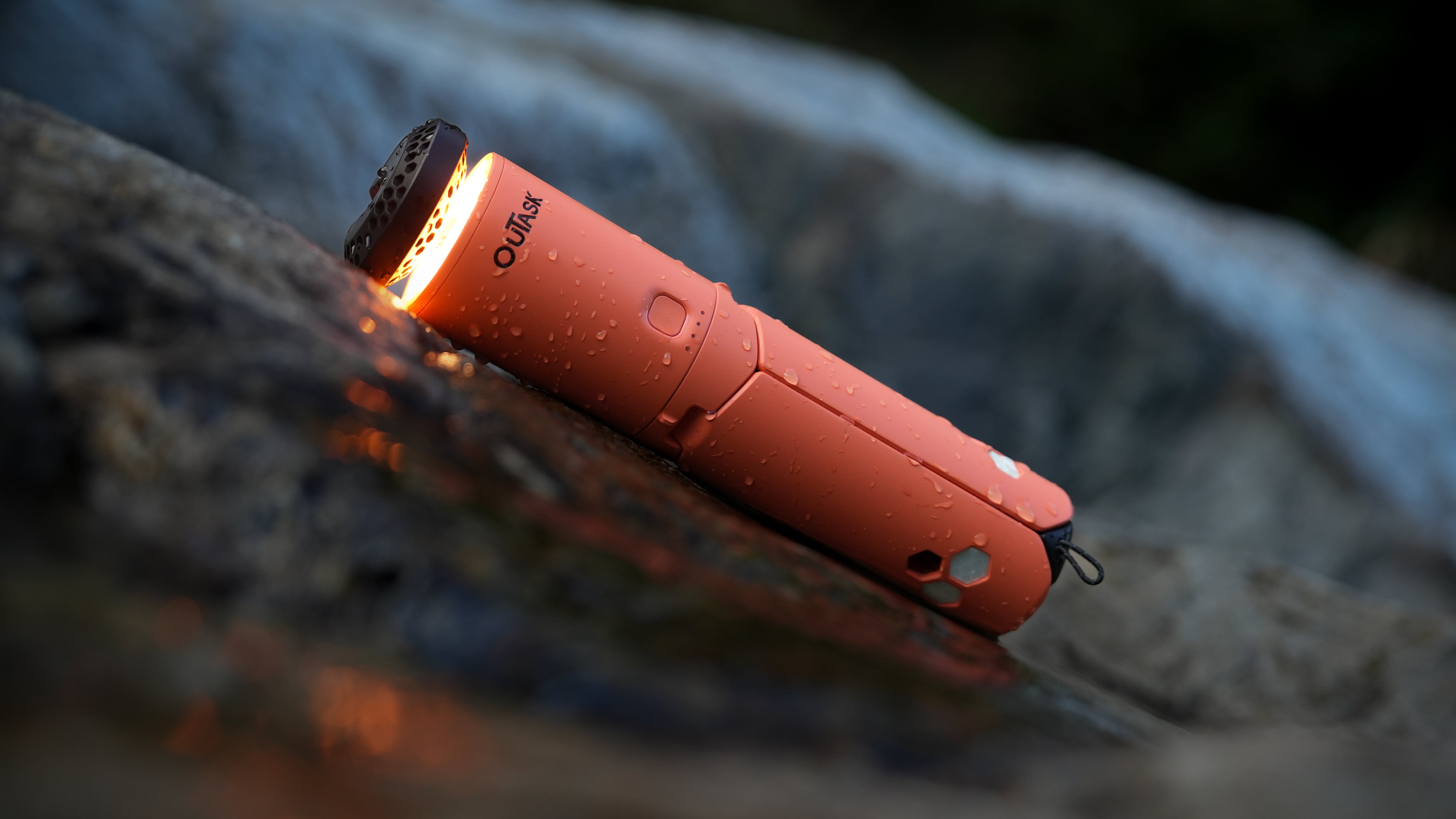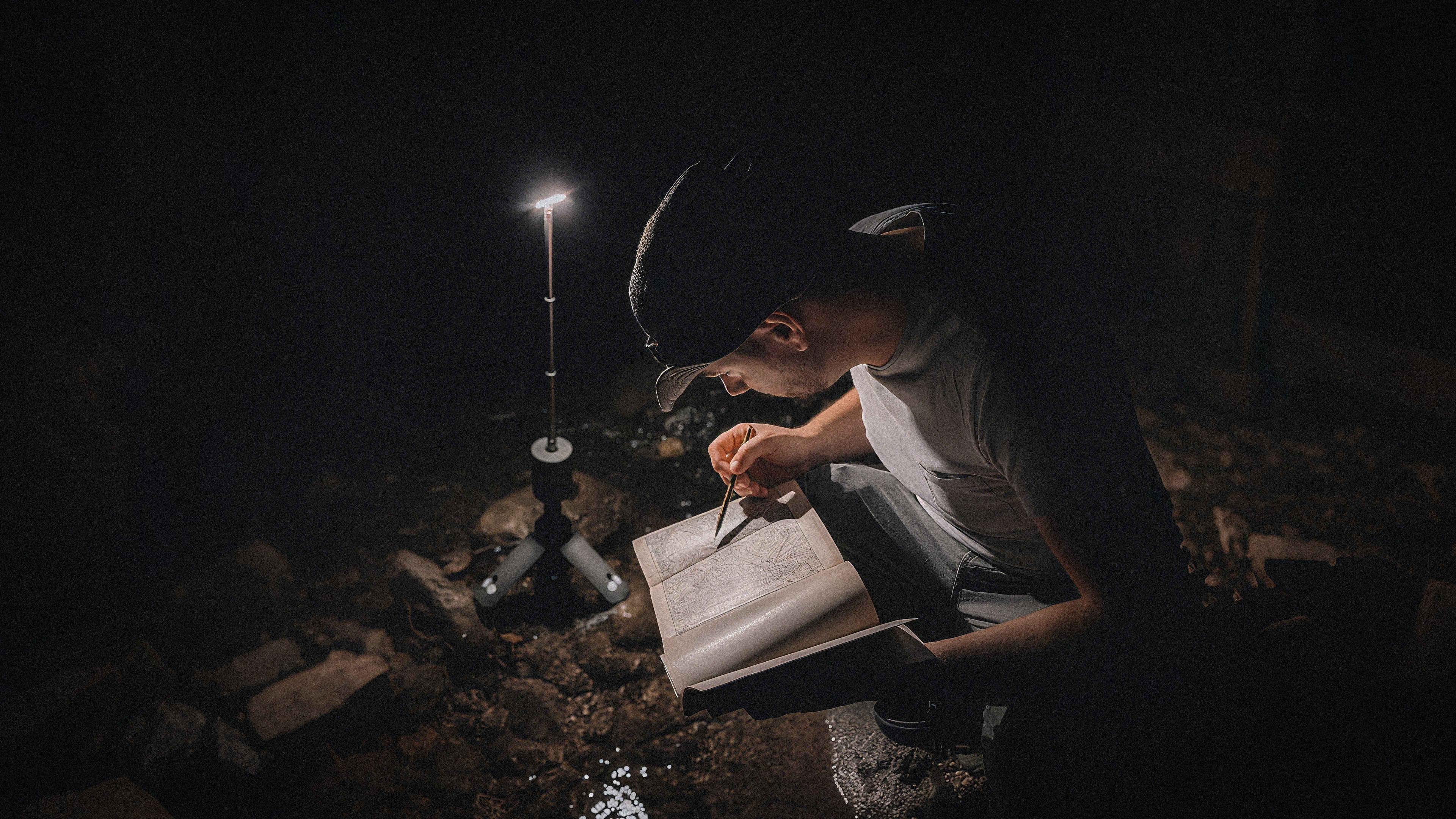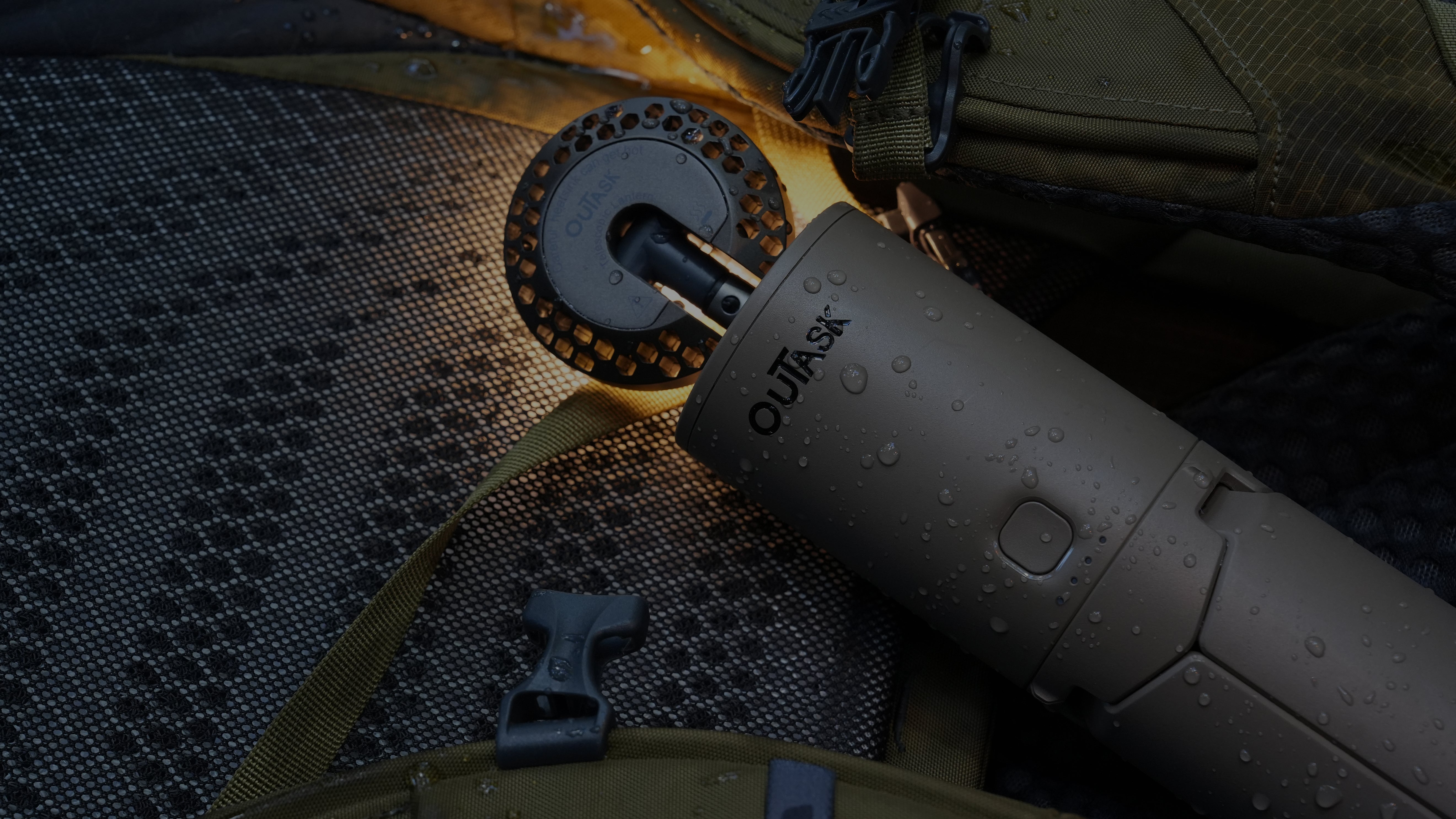I. Basic Knowledge of Some Parameters of LED Lighting Products
1. Battery Capacity
Battery capacity refers to the total amount of energy a product’s battery can store, usually measured in milliamp-hours (mAh). Simply put, the larger the battery capacity of a product, the more energy it can store and supply.
**Like a water tank: the bigger it is, the more water it holds and dispenses.
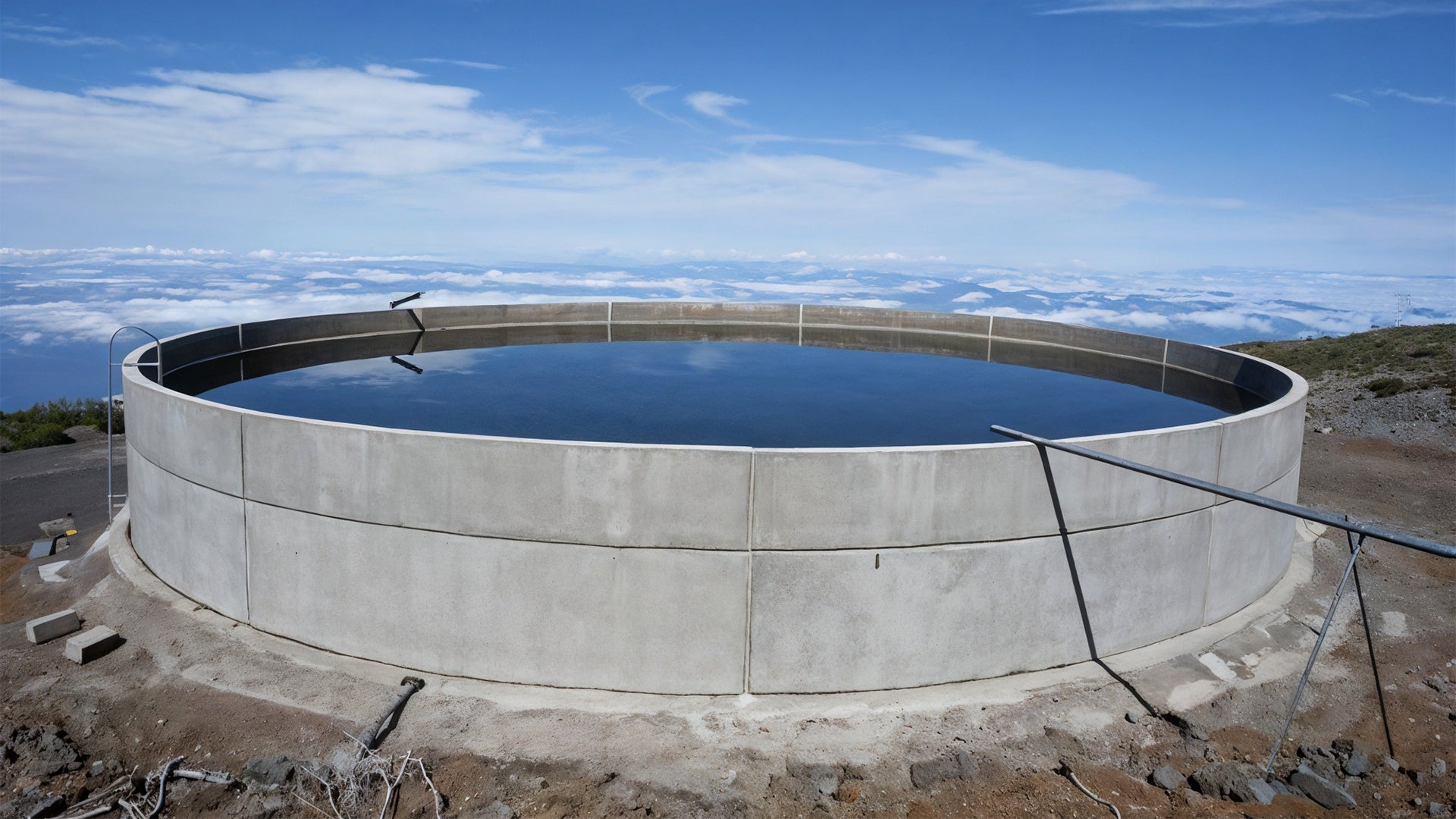
The reason this parameter is discussed first is to emphasize a foundational concept: the upper limits of brightness, battery life, and other factors are ultimately constrained by battery capacity. Battery capacity itself is limited by energy density and the physical size/weight of the battery, which often correlates with the size of the product. (The OUTASK tripod telescopic lantern is powered by six 16650 lithium batteries with a total capacity of 2000mAh * 6 = 12000mAh.)
2. Battery Energy Density
Battery energy density is a critical performance metric that indicates how much energy a battery can store per unit of volume or weight.
**Like two equal-sized tanks, but one holds nutrient-rich water, providing greater benefits to plants and animals.
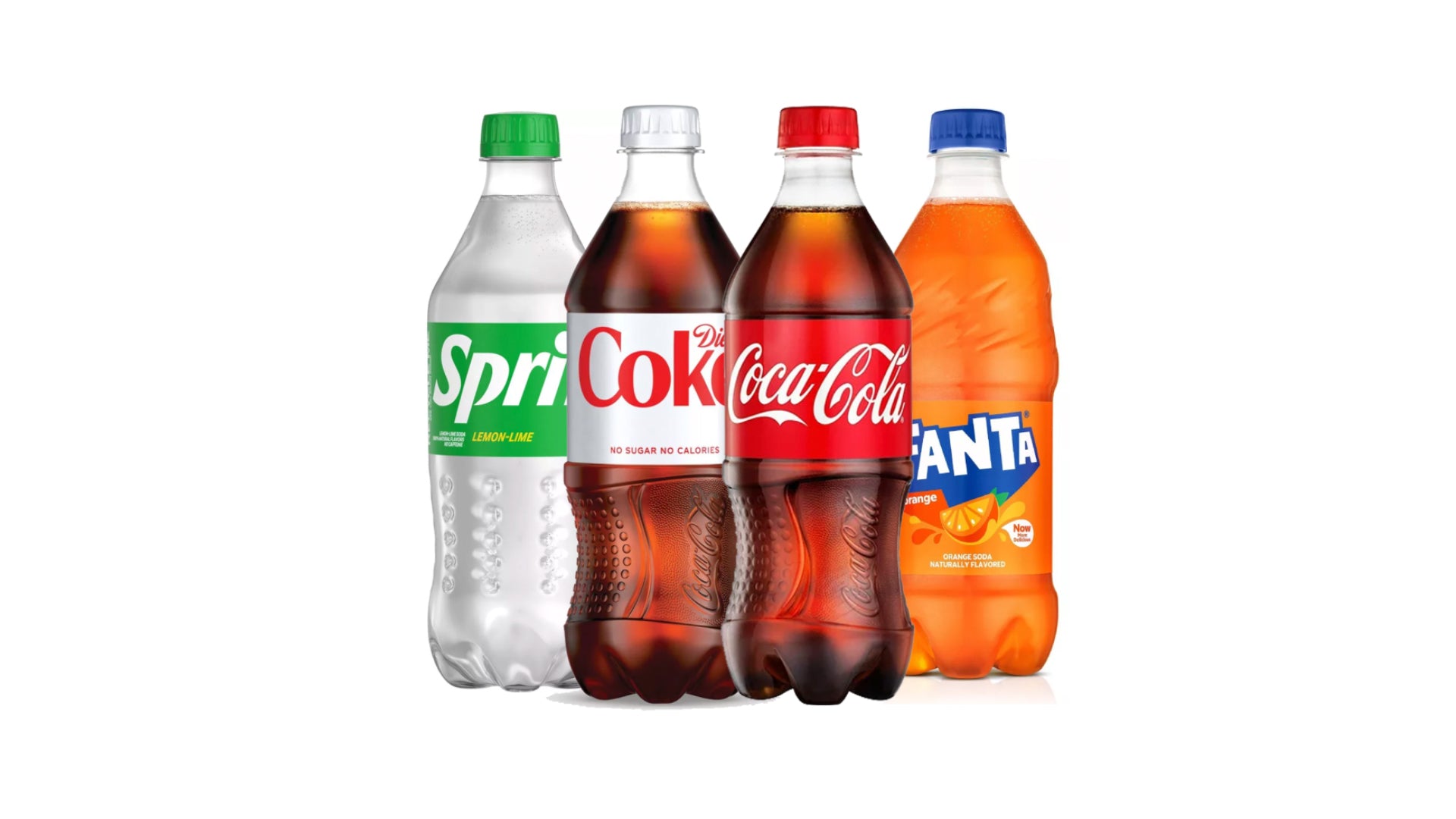
3. Brightness
Brightness, or luminous flux, is measured in lumens (lm). It is a physical quantity that represents the total visible light output from a light source or absorbed by an object.
Simply put, the higher the lumen rating of a product, the brighter the light appears to the naked eye. However, the human eye has limited sensitivity to differences in brightness, and accurate measurement of luminous flux usually requires specialized equipment like an integrating sphere, typically found in certified laboratories.
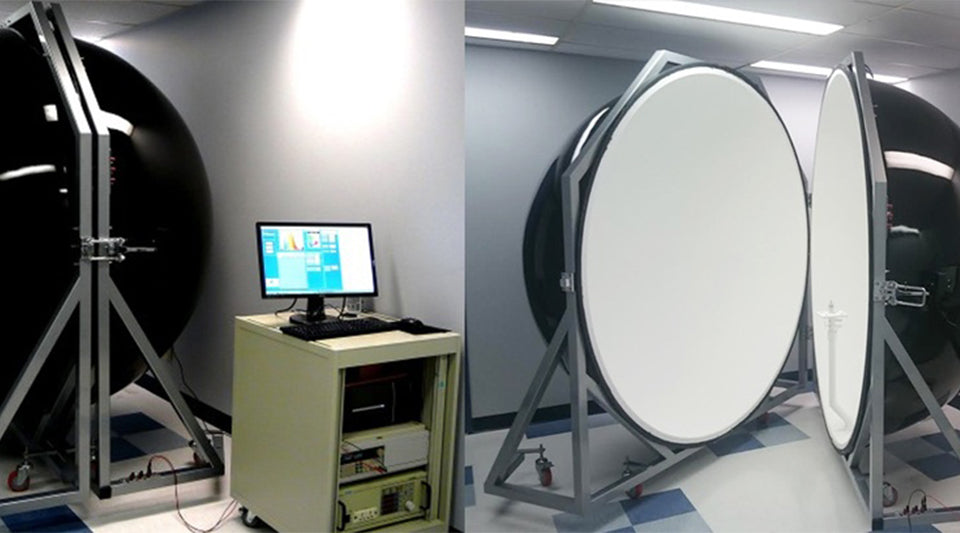
**An integrating sphere is a key tool for light measurement, capturing all radiation emitted by a light source simultaneously.
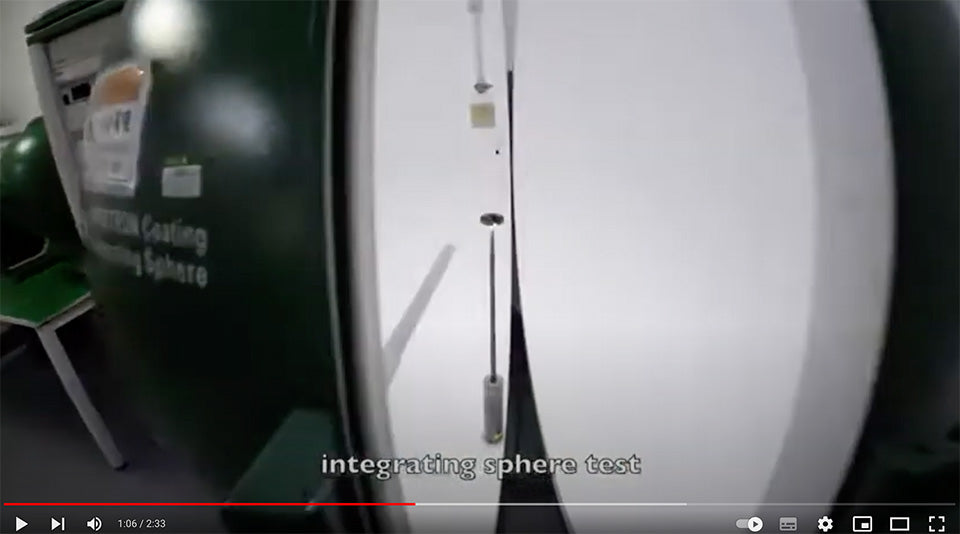
**All OUTASK product parameters have been tested in CNAS-accredited labs.
4. Power Consumption
The higher the brightness, the greater the power consumption, meaning more energy is used over the same period of time (just like a racehorse that runs faster and farther requires more energy and thus needs to drink more water).
5. LED Luminous Efficiency
This refers to the ratio of brightness to the power consumed. The luminous efficiency of an LED directly determines how bright the LED can be at a given power level, as well as how much power is consumed to achieve a certain brightness.
High-efficiency LEDs not only provide brighter illumination but also significantly reduce energy consumption, leading to lower electricity costs.
**It's like a lean horse versus a fat one: the efficient horse runs far with little water, while the fat one struggles even with more.


6. Heat Generation
The brighter the light, the more heat it generates, requiring larger heat sinks to maintain safe operating temperatures
**Like the difference between lighting a candle and a bonfire—the bonfire is brighter but also much hotter

7. Battery Life
A lighting product’s battery life is determined by its battery capacity and brightness. Given the same battery capacity, the brighter the light, the shorter the battery life. Conversely, lower brightness extends battery life.
**It's like draining a tank: a larger pipe empties it faster, while a smaller one takes longer.

8. Illumination Range
It’s important to note that the illumination range is influenced not only by brightness but also by the distance between the light source and the object being illuminated. The greater the distance, the wider the illumination coverage.
**Streetlights cover large areas by being bright and elevated. Similarly, OUTASK's height advantage lets it light up wider spaces.
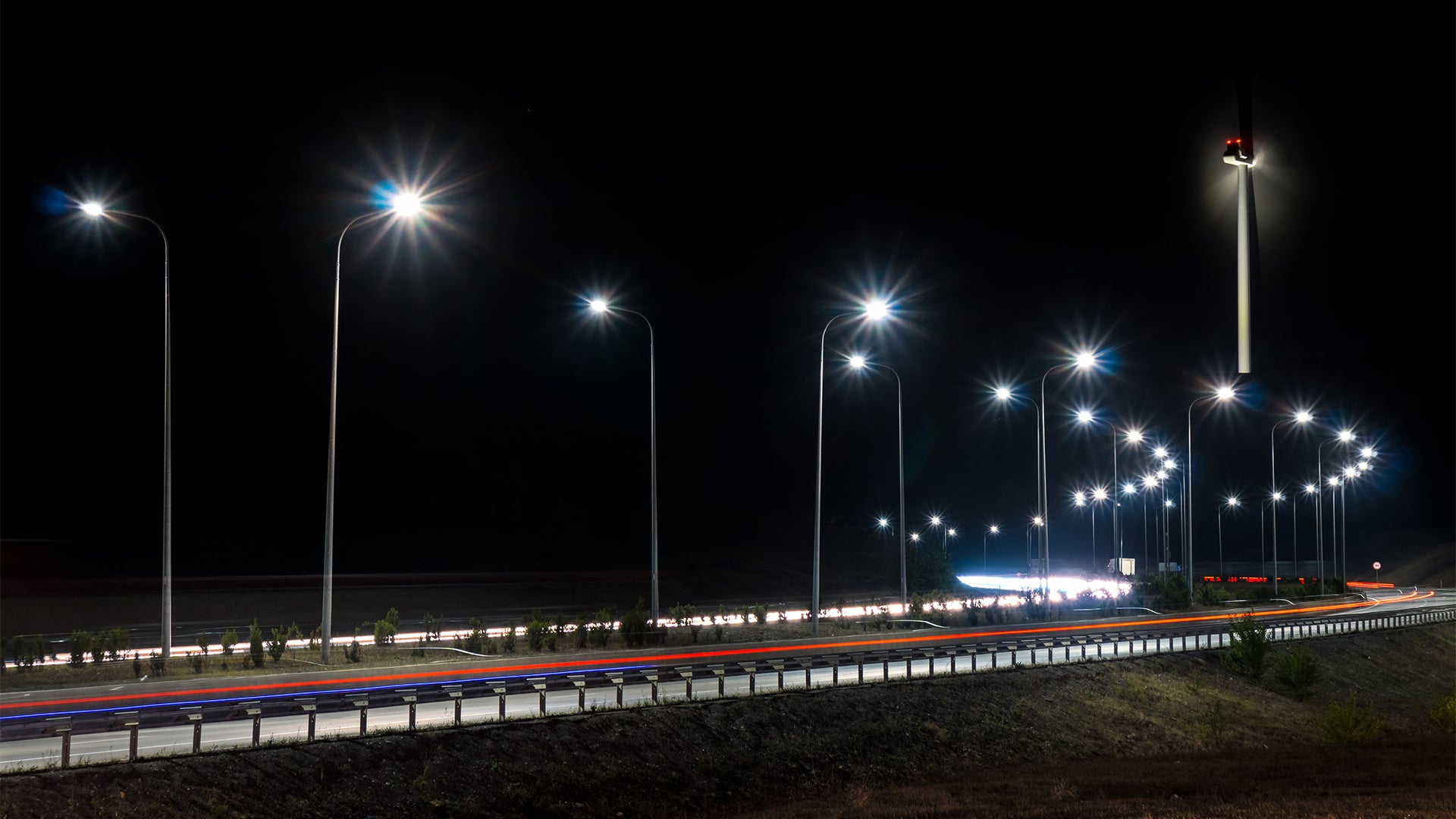
9. Illumination Distance
This is affected by the brightness of the light and the visibility of the surrounding air. The brighter the light, the farther it can illuminate. The clearer the air, the stronger the light's penetration. Conversely, in fog or dusty conditions, even the brightest lights struggle to illuminate far distances. (After rain, with clean air, light can travel much farther.)
10. Color Temperature
This refers to the color of the light. Warmer light has a lower color temperature, while cooler light has a higher color temperature.
With the same brightness, different color temperatures have different power consumption levels due to varying luminous efficiency
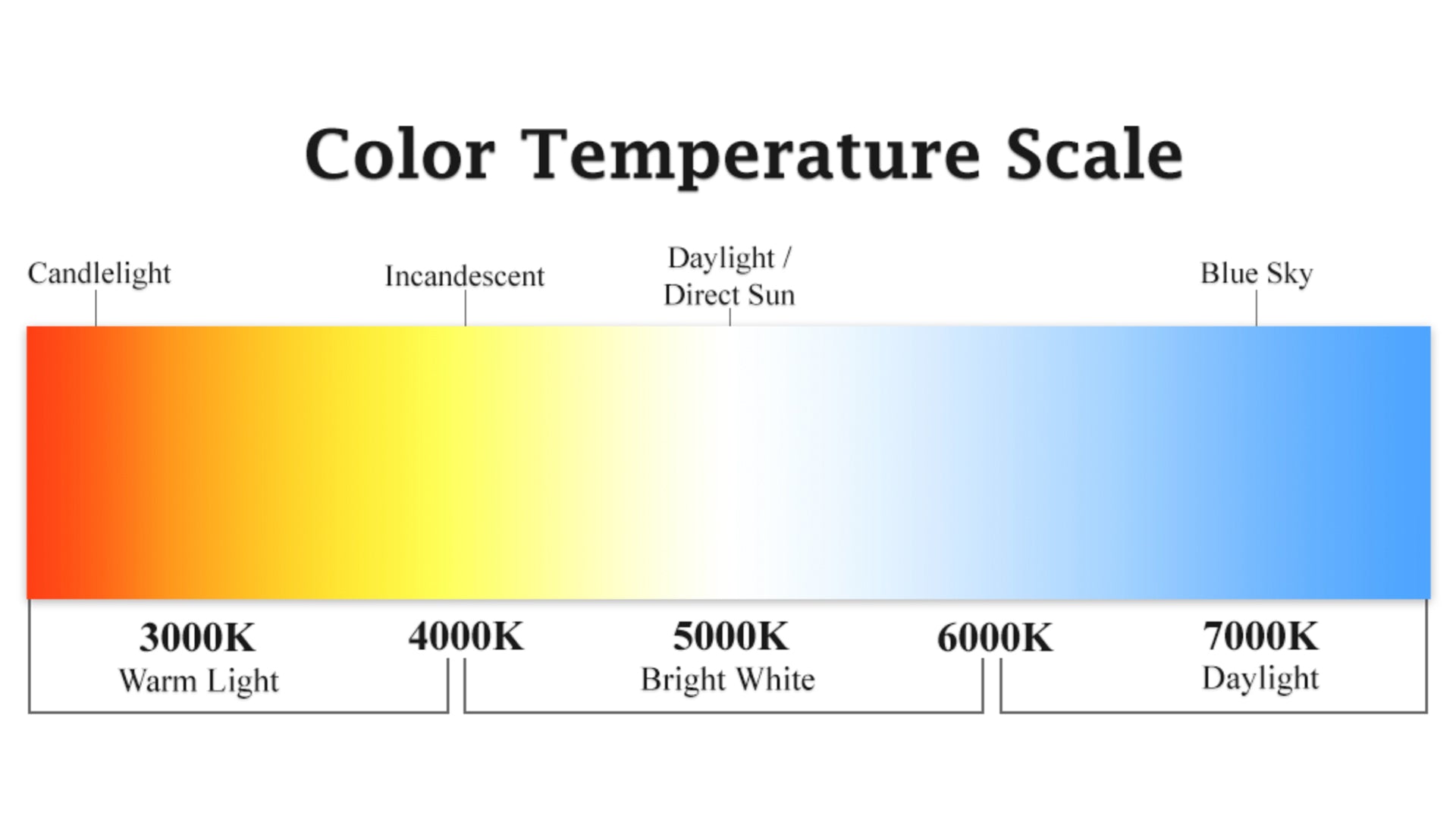
II. Lithium Battery Energy Density is Rapidly Advancing, but LED Industry Still Uses Conventional Batteries
The energy density of lithium batteries is advancing rapidly due to the global development of electric vehicles. A few specific brands and models have made significant breakthroughs in energy density, but these high-performance batteries come at a premium cost and are mainly used by industry-leading manufacturers, such as in Tesla's latest vehicles.
In the LED lighting industry, however, conventional lithium batteries with competitive energy density and cost remain the standard. This is because the LED lighting sector is highly traditional and stable, where increases in raw material costs can drastically impact final product pricing. Adopting components more expensive than industry standards would immediately erode a product’s price competitiveness in the market, which is why most established LED manufacturers are reluctant to make such changes. (This is also why OUTASK products are more expensive than those of our competitors: as a young brand, we must innovate boldly and uphold higher product standards to stay competitive.)
III. The Entire LED Industry is Reaching the Efficiency Limit
After decades of development (since 1969), the luminous efficiency of modern LED chips has reached a bottleneck. Almost all established manufacturers now have similar levels of LED efficiency. Even with significant investment in research and development, no manufacturer has emerged with LED efficiency far superior to its competitors. This means that LEDs with the same power consumption produce very similar brightness levels, and the real differences lie more in product quality and lifespan.
**It's like a close horse race, where competitors are nearly equal in speed. No "flying horse" will emerge; top performers excel through consistency and fewer mistakes.

IV. Over 90% of Lighting Manufacturers Exaggerate Brightness Claims
Accurately measuring brightness necessitates large, specialized equipment such as an integrating sphere, along with skilled operators. Only through this process can the actual lumen value of a lighting product be objectively and fairly tested. However, the average consumer cannot accurately measure a light's brightness at home. We can only compare which of two lights appears brighter to the naked eye, but we can’t determine whether a light is 400 lumens or 500 lumens.
Most lighting manufacturers exploit this fact by claiming higher brightness levels than their lab-tested results. (Even key opinion leaders (KOLs) cannot accurately estimate lumen values without specialized equipment; they can only compare lights based on subjective visual observation, which has significant margins of error. OUTASK tripod telescopic lanterns actual brightness was verified in OLIGHT’s lab during our partnership discussions.)


V. Many Low-Cost Lighting Products Violate the Laws of Physics
The energy density of batteries across the industry is fairly uniform, and LED efficiency has reached a plateau. So how are those inexpensive, ultra-bright, long-lasting lights on Amazon possible?
First, if their battery size and weight are comparable to others, their energy density and overall capacity should be similar.
**It's like two cola cans: if they look the same size, they'll hold similar amounts, though flavors may differ slightly.

Second, if their brightness is the same, their battery life should be too, as their power consumption is identical.
Third, if their heat sinks are of similar size, they should be able to handle similar amounts of heat, meaning their maximum brightness levels should also be comparable.
If a light claims to offer brighter illumination, longer battery life, and stays cooler, all while using a smaller battery than its competitors, it must be defying the laws of physics.
Yes, even without considering the price, Newton would be rolling in his grave.
And let’s not forget basic market economics: you get what you pay for. Has anyone truly managed to get better chips at a lower price? Maybe Elon Musk could, but certainly not manufacturers copying product photos or resorting to Photoshop.


